Dentistry is a continuously evolving profession. Technological advances have been a real revolution for the medical specialty, making it possible to diagnose and treat patients with greater precision, safety, and speed.
However, the phobia of going to the dentist, or dentophobia, is still one of the most common fears.
Who can deny that having someone look at your open mouth can feel invasive? Besides, feeling pain during consultations or having to endure a prolonged recovery is not uncommon.
Adding to people’s worries, dental facilities can have equipment that looks like something out of a horror movie.
Fortunately, dentistry has benefited from many discoveries and advances. Today we will show you seven dental technologies that can make procedures more effective and manageable and patients more comfortable.
Contents
1. X-rays
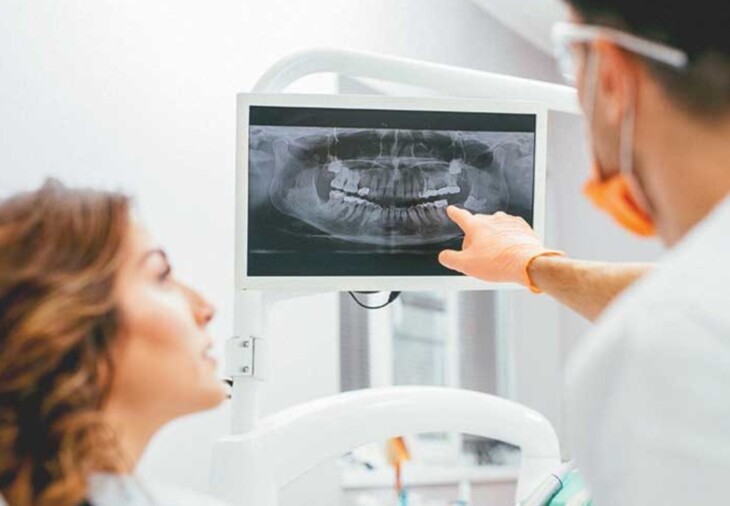
Source: Healthline
Dental X-rays, also known as radiographs, are used by dentists to see images of your gums and teeth so they can identify problems such as tooth decay and cavities.
Getting periodic x-rays of your mouth is as important as regular teeth cleanings as they provide your dentist with vital information about your oral health.
X-rays have been a staple in dental offices for a long time, but they now have improved image quality and resolution.
In the past, X-rays took lots of time to develop, and some of the images taken did not always look good and could confuse the doctor.
But all that has changed. The improvements to this technology have been significant, with many equipment types now generating high-resolution 3D images.
Although x-rays do involve radiation, the levels are low enough to be considered safe. Even so, dentists will put a bib over your body to prevent vital organs from exposure.
There is, however, one exception. Pregnant women should avoid dental x-rays as radiation is not safe for fetuses.
2. Dental Sedation
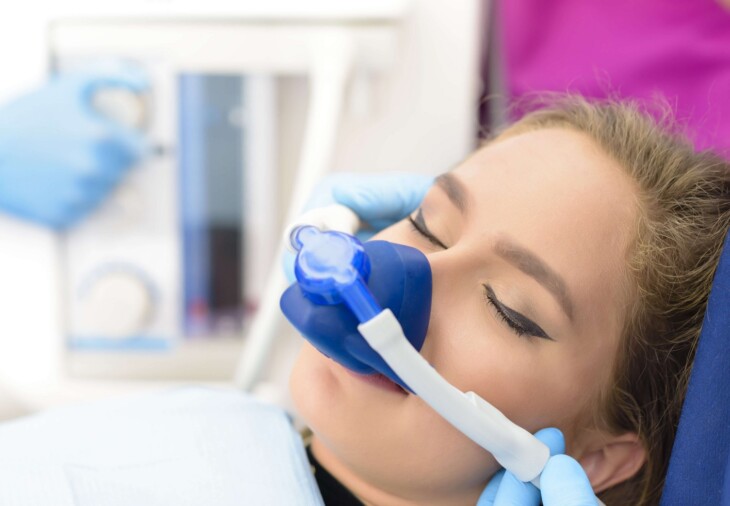
Source: bonhamdental.com
If the thought of getting your teeth cleaned or having any other dental procedure makes you anxious, you are not alone.
Many people are so afraid of the dentist that they avoid making an appointment and put their oral health at risk.
Sedation dentistry can reduce dental anxiety and can be used for simple procedures such as tooth cleanings, as well as more invasive and extensive treatments like root canals.
Dental sedation works by combining medications that help relax the patient and block pain. The patient is put into a deep relaxation state that feels similar to sleep.
The technique arose from the need to comfort patients during increasingly complex and prolonged dental procedures.
Thanks to it, a patient who has dental phobia or fear of surgery will no longer have to suffer. Like treatments, sedation drugs have also evolved and are becoming more practical, reliable, and, above all, safe.
3. Intraoral Scanner
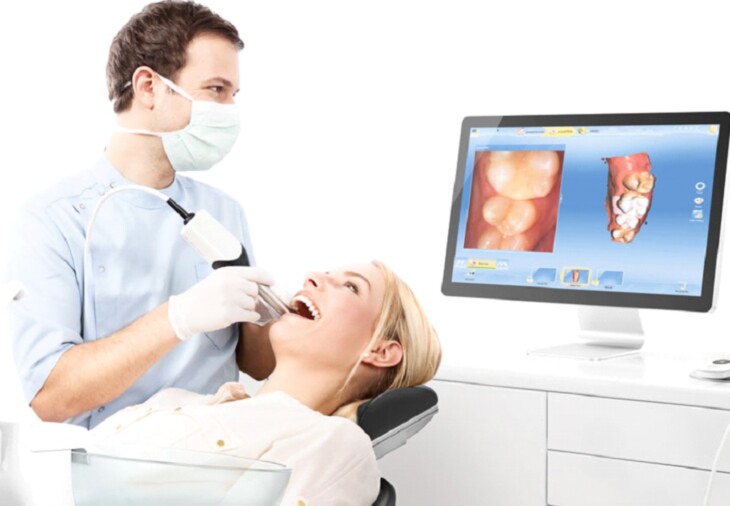
Source: Intelliscan 3D
A three-dimensional intraoral scanner device allows 3D digital impressions of a person’s mouth.
This procedure is usually carried out when the patient will undergo an orthodontic, root canal, or veneer treatment that requires the dentist to take records of the patient’s teeth alignment.
Traditionally, making these impressions involved inserting a tray filled with paste into the patient’s mouth, which was extremely uncomfortable.
The results were not always as expected, and it was often necessary to take another impression.
4. 3D Printing
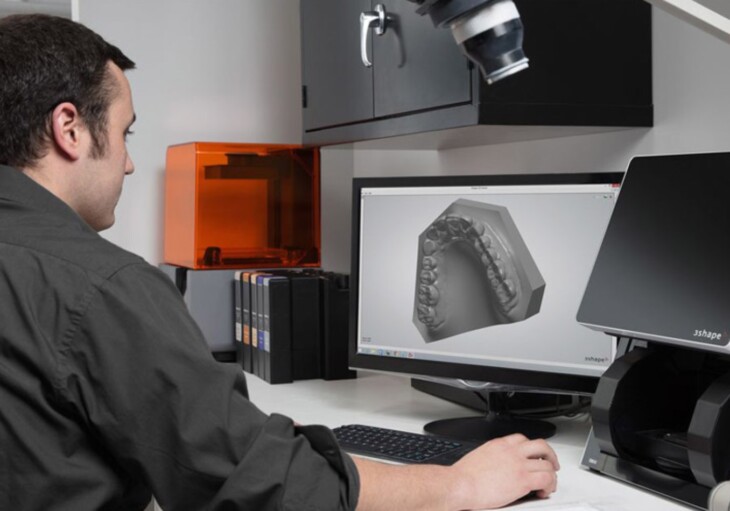
Source: 3Dnatives
The best way to create dental implants today is by 3D printing, taking advantage of intraoral scanners.
In addition to guaranteeing precise measurements, 3D printing allows less waste, saving time and money when making any implant.
5. Piezoelectric Scalpel for High Precision Surgery
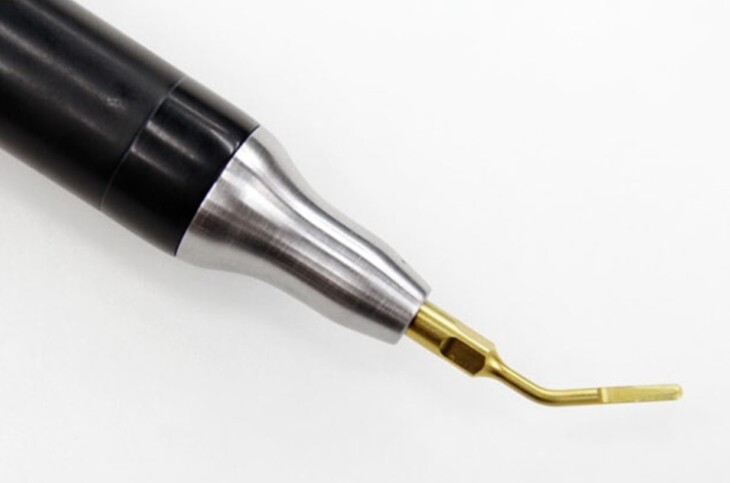
Source: IDOM
A relatively new technique, called Piezosurgery, enables dental surgeons to cut bone while preserving nerves and soft tissue.
With this technique, there is less blood loss and minimal swelling. The piezoelectric scalpel is a high-power ultrasound device that can allow much more conservative and delicate surgeries, improving the patient’s result and recovery.
It is used to work comfortably on bone and teeth without any risk of damaging the gums or any other soft tissue, giving the possibility of working in very confined spaces and minimizing discomfort.
6. Laser Technology
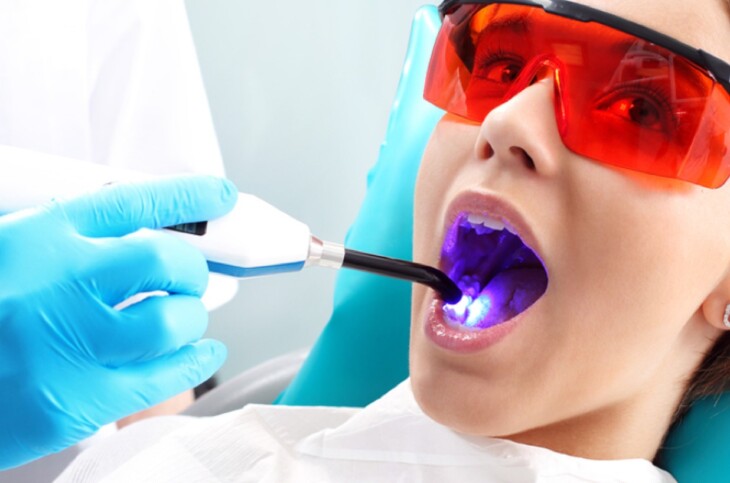
Source: ColgateTalks
Globally, the dental laser market size is expected to grow at a compound annual growth rate of 6.5% by 2026.
Increased awareness of the importance of oral hygiene combined with the rising number of people with dental disorders are the driving force behind the growth.
Laser technology used in dental procedures produces light for shaping or removing tissues during dental surgeries.
Some of the advantages of using laser dentistry include the reduced need for sutures and minimized bleeding.
A diode laser is used for countless treatments such as periodontal pocket decontamination, endodontics, canker sores, herpes, ulcers, stop bleeding, tooth sensitivity, and teeth whitening.
These types of treatments are completely painless and are performed with great speed and comfort for the patient.
7. Stem Cell Treatment
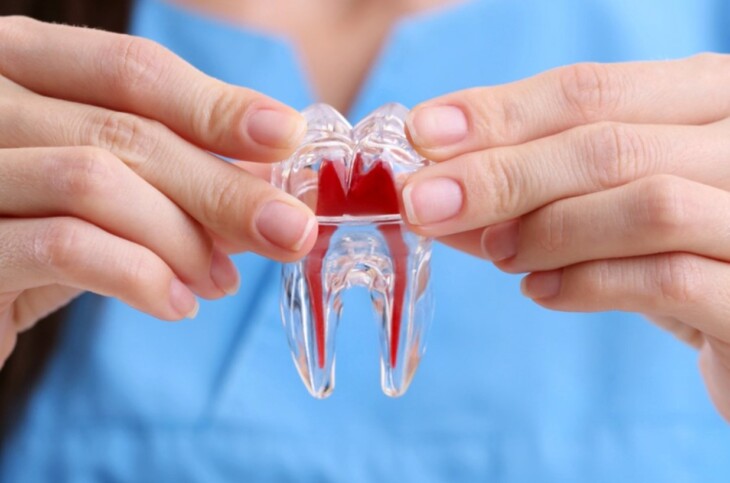
Source: BioInformant
Cell therapy and tissue regeneration are booming. Stem cells provide a host of therapeutic applications that did not exist until recently.
It is generally a straightforward treatment involving the extraction of a tooth (usually milk teeth or wisdom teeth) to obtain these stem cells and send them to a cryobank for maintenance until they are needed.
We have only shown seven of the many technologies that have made dentistry a much less intimidating necessity in the past few years.
There are many more that are currently in development or beginning to be widely accepted. Today, a dentist’s visit is a much more comfortable procedure for both the patient and the dentist.
However, it is always essential to choose a trusted dentist who uses new technologies, such as Dr. Michael Onyekaba, from Gentle Dental in Eagan, MN to provide patients with unparalleled comfort and care.
Although it might not seem that dentistry has changed much over the years, dental technologies are continually evolving and transforming the dental field to make the dentist’s job more efficient and the patients more comfortable.
Dental technological advancements offer modern-day solutions to traditional dental issues. The driving force behind it is to provide more effective, efficient, and comfortable cutting-edge treatments to dental patients.
